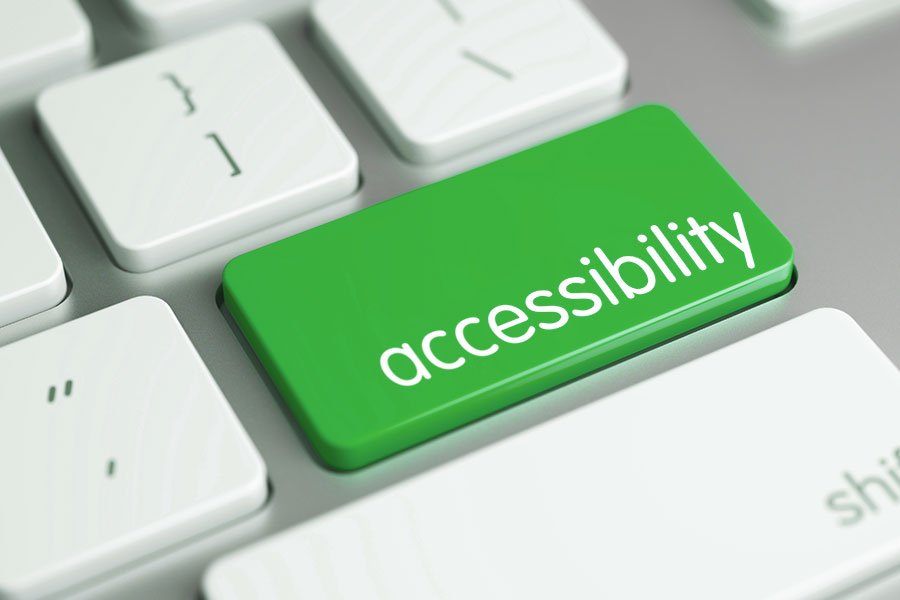Computer Accessibility
Windows and Mac operating systems come with built-in accessibility features that can assist students with disabilities. These features can help improve usability, readability, and navigation, making it easier for students to access and interact with digital content. We encourage you to explore these features and to reach out to Student Accessibility Services staff for further support and guidance.

Windows Accessibility Features
Windows 10 operating system includes a variety of built-in accessibility features that can help students with disabilities interact with their computers more efficiently. Support is provided at the Disability Answer Desk where customers with disabilities can get support for Microsoft products. Built-in Windows features include:
- Screen Reader
- Magnification
- Keys Commands
- Speech-to-Text & Voice Control
- Visual Notification to replace sounds
- Keyboard on Screen
- Toggle Keys
- Adjustable Mouse Settings
- Color Filters
- Ability to Personalize the Appearance of the Computer including text
Mac Accessibility Features
The Mac operating system also includes built-in accessibility features that can help students with disabilities interact with their computers more efficiently. Personalize your Mac Computer with any of the built-in Accessibility features to support vision, hearing, mobility, and learning with a computer. Built-in Mac features include:
- VoiceOver
- Talking Alerts & Spoken Items
- Text-to-Speech
- Zoom
- High Contrast
- Slow or Sticky Keys
- Speech Recognition
- Scalable Cursor
- Audible Calculator
- Display adjustment
- Word Completion

Have Questions?
Want to know more about ways UW-Green Bay students can use accessibility settings on computers? Kim Mezger and the rest of the Student Accessibility Services (SAS) team can help point you in the right direction.